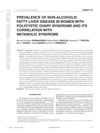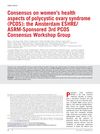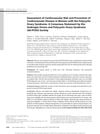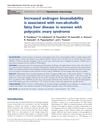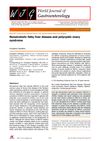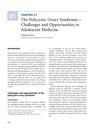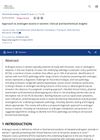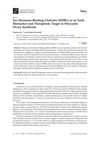Polycystic Ovary Syndrome, Androgen Excess, and the Risk of Nonalcoholic Fatty Liver Disease in Women: A Longitudinal Study Based on a United Kingdom Primary Care Database
March 2018
in “
PLOS Medicine
”
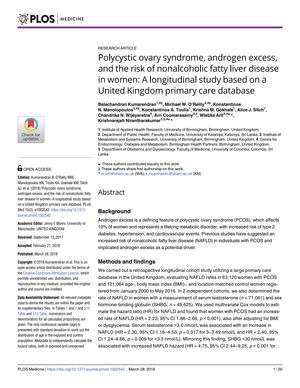
TLDR Women with PCOS are more than twice as likely to develop nonalcoholic fatty liver disease.
In a retrospective longitudinal cohort study using a United Kingdom primary care database, it was found that women with polycystic ovary syndrome (PCOS) had a significantly increased risk of developing nonalcoholic fatty liver disease (NAFLD) compared to matched controls without PCOS. The study included 63,120 women with PCOS and 121,064 matched control women. The hazard ratio (HR) for NAFLD in women with PCOS was 2.23, indicating more than double the risk. This increased risk was independent of body mass index (BMI) and dysglycemia. High serum testosterone levels and low sex hormone-binding globulin (SHBG) levels were also associated with an increased rate of NAFLD. The study suggests that androgen excess may be a significant factor in the development of NAFLD in women with PCOS and that systematic NAFLD screening should be considered for these women. However, the study's retrospective nature and lack of detailed diagnostic criteria information were noted as limitations.

